NR509 Week 8: Final Exam

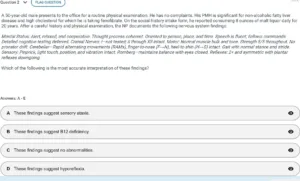
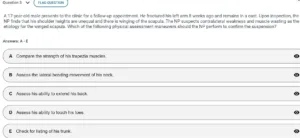

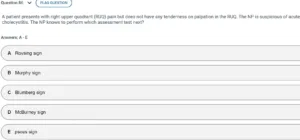
Question 1
Given this specific physical assessment finding, what condition should the NP suspect as a differential diagnosis?
-
A. ankylosing spondylitis
-
B. torticollis ✅
-
C. thoracic kyphosis
-
D. osteoarthritis (OA)
-
E. spondylolisthesis
Question 2
Which of the following is the most accurate interpretation of these findings?
-
A. These findings suggest sensory ataxia.
-
B. These findings suggest B12 deficiency.
-
C. These findings suggest no abnormalities. ✅
-
D. These findings suggest hyporeflexia.
Question 3
Which of the following physical assessment maneuvers should the NP perform to confirm the suspicion of winged scapula?
-
A. Compare the strength of his trapezia muscles. ✅
-
B. Assess the lateral bending movement of his neck.
-
C. Assess his ability to extend his back.
-
D. Assess his ability to touch his toes.
-
E. Check for listing of his trunk.
Question 4
Which of the following statements is true regarding risks and rapid recognition of suspected stroke? (Select all that apply)
-
A. Atrial fibrillation is not a risk factor for ischemic stroke in individuals age greater than 75 years of age.
-
B. Transient ischemic attacks (TIAs) that resolve within 1 hour confer a 5% risk of death from stroke within the next 12 months.
-
C. Hypertension is the leading risk factor for both ischemic and hemorrhagic stroke. ✅
-
D. Due to increasing public awareness, the median time for arrival to care for suspected stroke is less than 3 hours.
-
E. Obesity doubles the risk of stroke even without associated glucose intolerance. ✅
Question 85
These assessment findings are consistent with which Tanner Stage of development?
-
A. III
-
B. Preadolescent
-
C. IV ✅
-
D. I
-
E. II
Question 86
The NP is suspicious of acute cholecystitis. The NP knows to perform which assessment test next?
-
A. Rovsing sign
-
B. Murphy sign ✅
-
C. Blumberg sign
-
D. McBurney sign
-
E. psoas sign
Question 87
All of the following assessment findings are consistent with hepatomegaly, EXCEPT?
-
A. dullness to percussion over a span of 9 cm at the midsternal line ✅
-
B. liver span greater than 12 cm at the midclavicular line
-
C. liver palpable 3 cm below the right costal margin, midclavicular line, on expiration
-
D. dullness to percussion over a span of 14 cm at the midclavicular line
-
E. liver span of 8 cm at the midsternal line


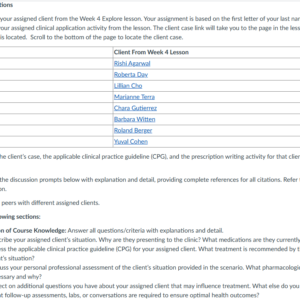
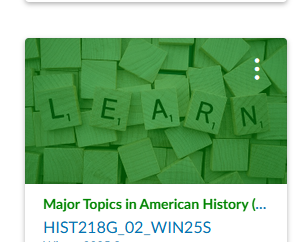
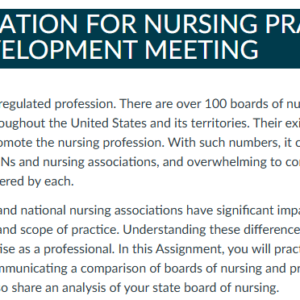
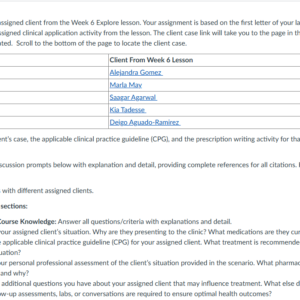
Reviews
There are no reviews yet.